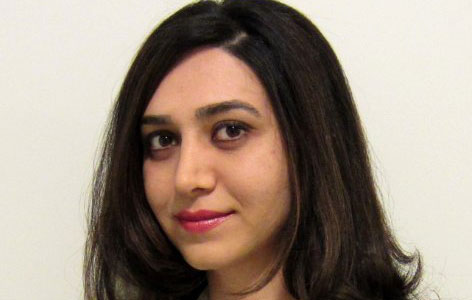
Conference: Health-i-Coach workshop by 11th EAI International Conference on Pervasive Computing Technologies for Healthcare, May 23-26, 2017, Barcelona, Spain.
Conference Highlight: The conference focused on establishing the principles and foundations for the development of intelligent and automated coaching systems for health and wellbeing applications
Conference Article: My area of research is centered on intelligent technologies for enhancing the safety, health, wellbeing, and independence of older adults. I have been looking for a conference that would offer me a place to find the latest findings and developments on smart coaching systems. This year, Pervasive health conference has arranged an enormous and interesting workshop, Health-i-Coach, which brought together novel, innovative and exciting contributions relating to sensor technologies and pattern recognitions for coaching. The workshop was a great space for me to showcase my research to a broad audience and researchers with various backgrounds and specialties working on this general area of research. It also gave me a unique opportunity to exchange ideas, discuss innovative and emerging solutions, and last but not least develop collaborations.
The Health-i-Coach workshop began with a keynote on the first day which focused on using ambient computing technologies for perception and health behavior. The workshop featured 16 presentations on a wide range of topics including coaching for gait training and assessment, gesture recognition, activating people with dementia, medical assessment of Parkinson’s and Gamification.
A central theme of all presentations was using artificial intelligence as a promising approach in developing health coaching applications. In the time period which was entirely dedicated to reviewing and discussing the current challenges, the attendees highlighted the issues in data collection from clinical populations as well as generalizing the use of a coaching system designed for a specific population such as Parkinson’s to other clinical populations such as dementia.




